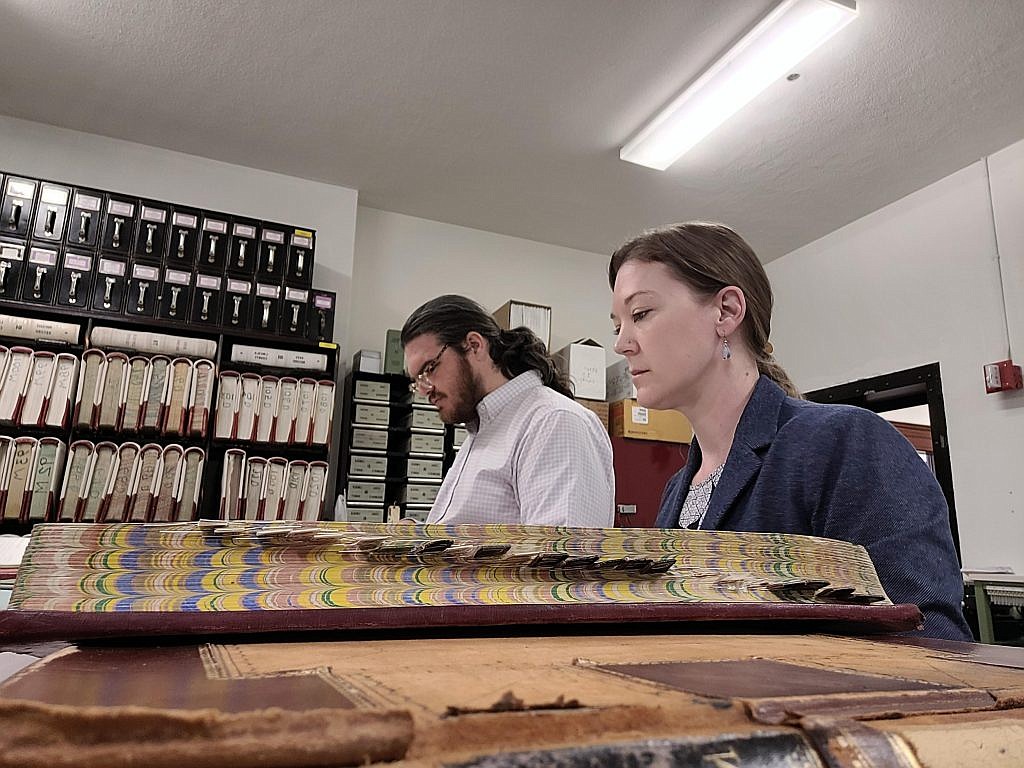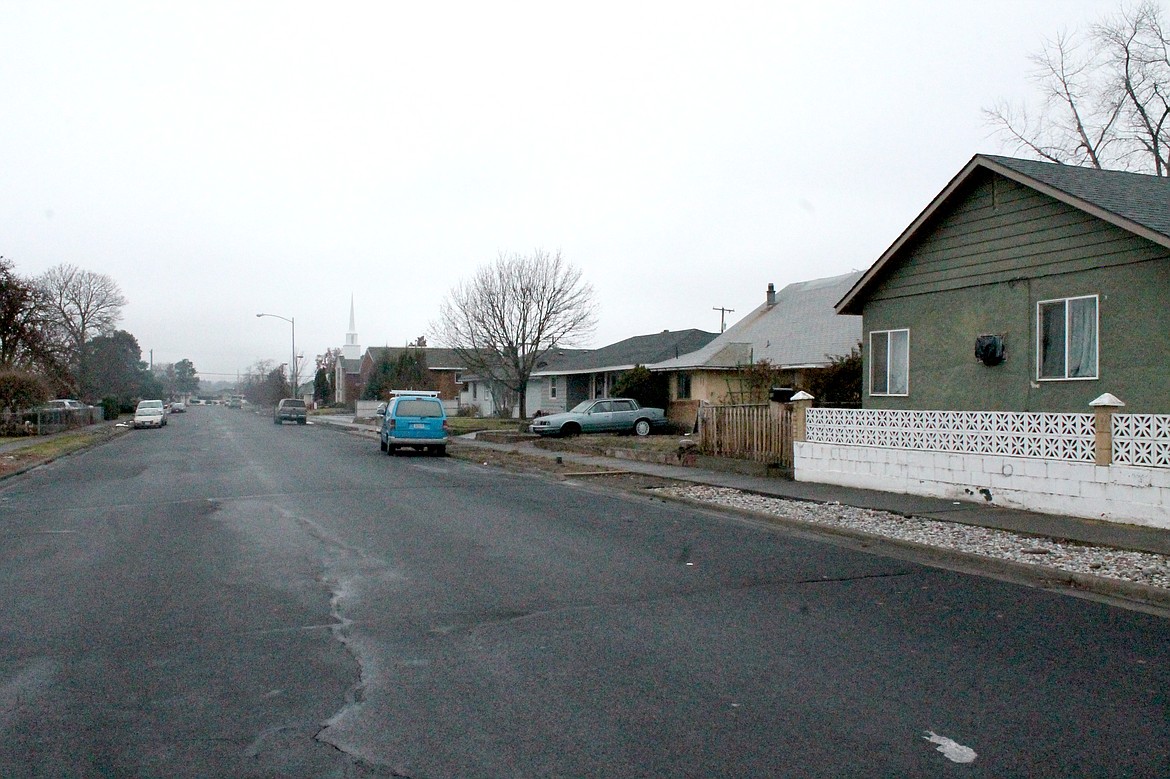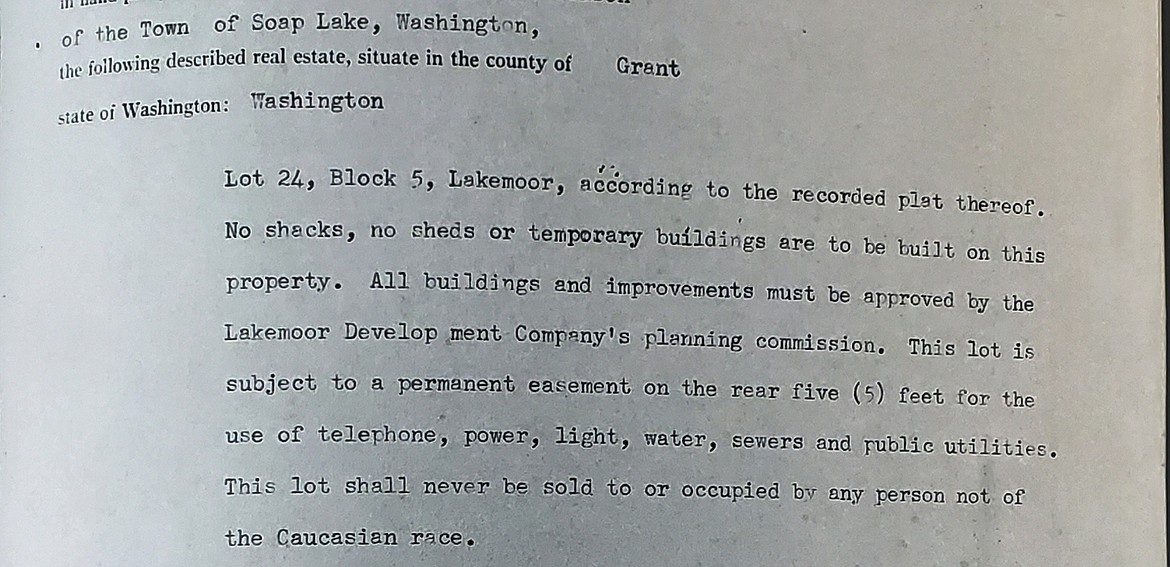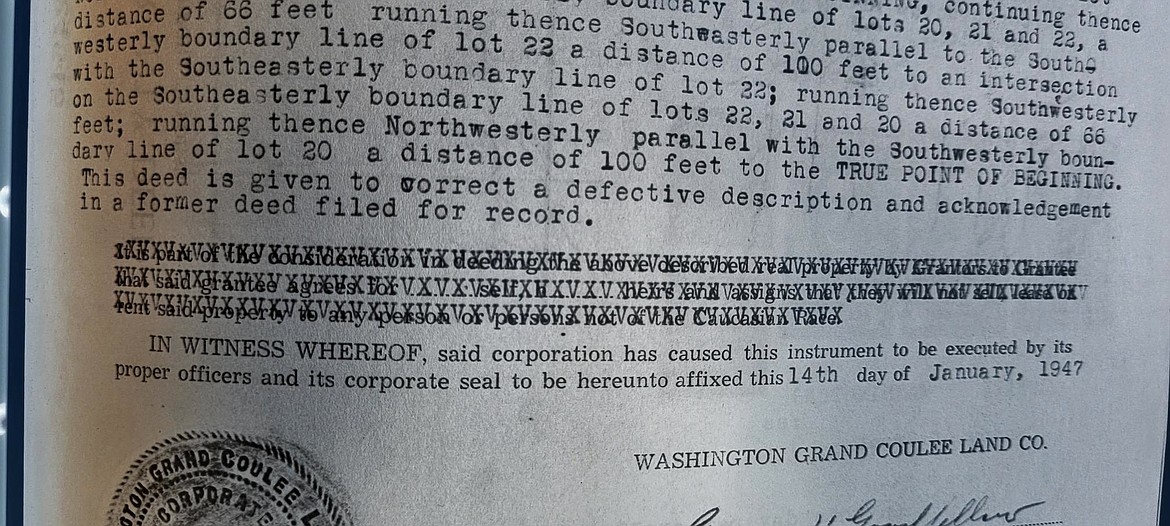Facing the past
MOSES LAKE — When you buy a home, there are often neighborhood covenants that come with the property. Sometimes you have to have your house set a certain distance back from the street, or you can’t put up a shed as a second residence, or you can’t run certain kinds of business out of the house. And on paper, at least, sometimes you have to be white to live there.
Become a Subscriber!
You have read all of your free articles this month. Select a plan below to start your subscription today.
Already a subscriber? Login







